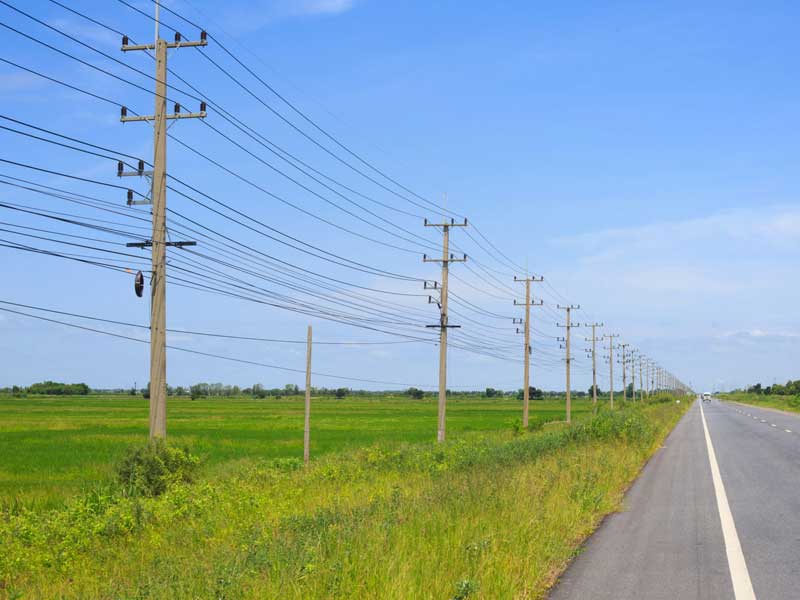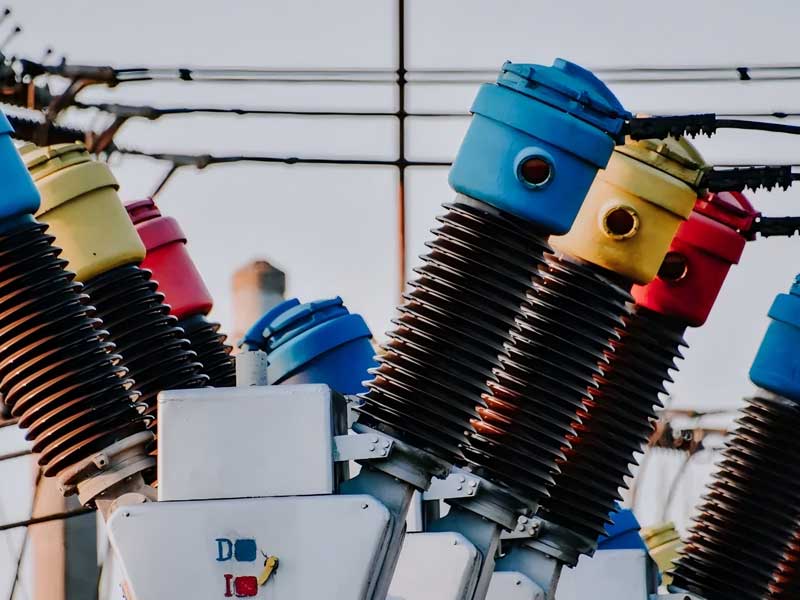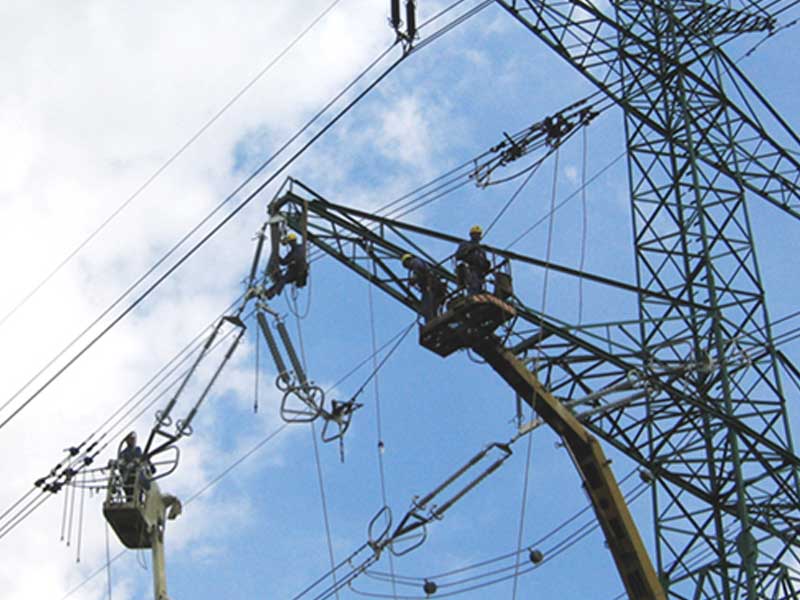328 km Distribution Lines in Guyana: Enhancing Power Supply and Reliability
Introduction
Guyana, a rapidly developing nation in South America, has been investing heavily in its energy infrastructure to meet growing electricity demands. One of the key projects in this effort is the deployment of 328 kilometers of distribution lines, aimed at improving power supply reliability, expanding access to electricity, and supporting economic growth. This case study explores the impact of this initiative on Guyana’s energy sector.
Project Overview
The 328 km distribution lines project was implemented by the Guyana Power and Light Inc. (GPL) in collaboration with international partners. The project involved:
Expansion of the grid to underserved rural and urban areas.
Upgrading aging infrastructure to reduce power outages and technical losses.
Integration of renewable energy sources, such as solar and hydropower, into the national grid.
The new distribution lines span multiple regions, including:
East Coast Demerara
West Demerara
Berbice
Essequibo Coast
Key Benefits
Improved Electricity Access
Over 20,000 households and businesses gained reliable electricity connections.
Remote communities previously dependent on diesel generators now have stable grid power.
Reduced Power Outages
The upgraded infrastructure minimizes technical failures, leading to fewer blackouts.
Enhanced voltage regulation ensures consistent power quality.

Economic Growth
Businesses benefit from uninterrupted power, boosting productivity.
New industries, including agro-processing and manufacturing, are emerging in previously underserved areas.
Support for Renewable Energy
The expanded grid facilitates the integration of renewable energy projects, such as the Amaila Falls Hydropower Plant and solar farms.
Challenges & Solutions
Geographical Barriers: Guyana’s dense forests and rivers made construction difficult. Solution: Advanced surveying and strategic route planning minimized delays.
Funding Constraints: The project required significant investment. Solution: Partnerships with international development banks and private investors provided financial support.
Community Engagement: Some residents were initially hesitant about infrastructure changes. Solution: Public awareness campaigns and community consultations ensured smooth implementation.
Future Outlook
The 328 km distribution lines project is a critical step in Guyana’s energy transition. Future plans include:
Further expansion into the hinterland regions.
Smart grid technology integration for better energy management.
Increased reliance on renewable energy to reduce carbon emissions.
Conclusion
Guyana’s investment in 328 km of distribution lines has significantly improved electricity access, reliability, and economic opportunities. As the country continues to develop its energy infrastructure, this project serves as a model for sustainable power distribution in the Caribbean and Latin America.



